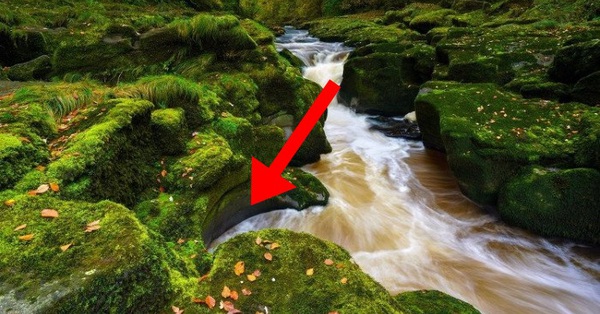Clues of extrasolar life in the Pacific Ocean
Researchers have discovered the first interstellar meteorite to crash into the Earth’s surface, according to documents recently released by the US Space Command (USSC), according to CNN.
 |
Simulation of an interstellar object that “contacts” the solar system nasa |
In September 2017, astronomers were excited by the appearance of Oumuamua, which they say is the first recorded interstellar object ever to enter the solar system. The mysterious celestial body comes from the direction of the constellation Thien Camabout 25 light-years from Earth.
However, recently released USSC documents show that Oumuamua is in fact not the first interstellar object to come into view of mankind. Three years ago, an interstellar meteorite crashed to Earth.
Originating from the outer solar system, the interstellar meteorite named CNEOS 2014-01-08 went through a long journey before crashing down on the northeast coast of Papua New Guinea on January 8, 2014.
Unusually fast speed
In 2019, two Harvard University researchers (USA) while analyzing data from Oumuamua accidentally discovered a meteorite moving at an extremely fast speed. Information about the collision and clues to its unusual origin were forgotten for many years in the NASA fireball database.
“Its high velocity suggests that the meteorite may have originated from the interior of a planetary or star system in the thick disk of the Milky Way,” reported Harvard University graduate students Amir Siraj and Professor Avi Loebformer head of the astronomy department of this University.
However, the publication of the report and peer-reviewed studies were delayed because some of the data that needed to be recalculated were classified as “secret” US military documents.
 |
Simulation of an asteroid moving through space NOIRLab/NSF/AURA |
Recently, this barrier has finally been lifted. Lieutenant General John Shaw, Commander of the USSC, revealed the existence of CNEOS 2014-01-08 during an event in the state of Colorado. And the researchers identified it as an object from outer space in the solar system.
Clues of interstellar life
CNEOS 2014-01-08 is modest in size, about the size of a microwave. This means that much of it is likely to have been burned up as it plowed through the Earth’s atmosphere. The rest, if any, fell into the Pacific Ocean.
Not giving up, Mr. Siraj is analyzing the possibility of finding the remains of the meteorite on the sea floor and possibly assembling a team to find a way to recover them. And Professor Loeb believes that if it is found, researchers may have access to evidence of potential life in other star systems.
“The meteorite entered the solar system at a speed of 60 km / s”, according to expert Loeb. To achieve this speed, the interstellar object must originate in the region near the central star, within the distance between the sun and earth, or in the habitable zone around dwarf stars.
Mr. Siraj said that if the remains of meteorites could be found, humanity could gain access to the “holy grail of interstellar objects”. This could be a scientific breakthrough, providing an opportunity for astronomers to discover more about these world outside our solar system.
at Blogtuan.info – Source: thanhnien.vn – Read the original article here


